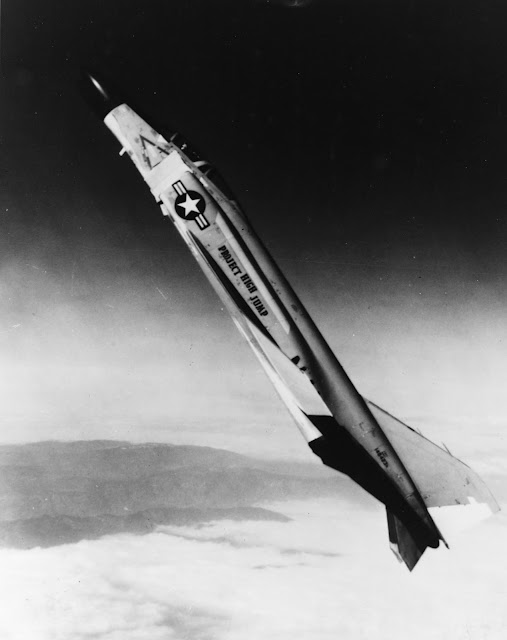Uninformed speculation repeated often enough becomes fact. An example is the horrific ramp strike of F7U-3 BuNo 129595 piloted by LCDR Jay Alkire on 14 July 1955.
These excerpts are from the official accident report:
The description of the accident:
Note that the ramp strike followed a successful landing and was therefore at a lower gross weight (although still slightly above the maximum for a carrier landing).
Many descriptions of the accident state the fatalities of deck personnel in addition to that of Alkire. There were none:
The conclusion was explicit:
"It is concluded that this accident was caused by errors in pilot judgement and failure of the pilot to expeditiously answer signals from the Landing Signal Officer."
"(A)lthough the afterburners were operating, it is possible in sweptwing aircraft to establish an angle of attack such that the power required is greater than the power available with a resulting uncontrollable rate of sink."
"It is recommended that squadrons which are equipped with sweptwing aircraft employing afterburners stress pilot training for complete familiarization with time lags in power acceleration and the curves for power required versus power available."
The sobriquet "Gutless Cutlass" was given to the F7U-3 in jest, referring to its somewhat degraded performance with no increase in thrust when laden with a radar, missile control system, four missile pylons, and four Sparrow Is as a placeholder for fleet air defense with guided air-to-air missiles due to a development delay with the McDonnell F3H Demon being procured for that mission. Its performance was adequate for the task and when landed on angle-deck carriers on a descending, mirror-guided approach, relatively accident free by the standards of the time. As a day fighter, its thrust-to-weight ratio was as good or better than its contemporaries:
Its Westinghouse J46 engine has also been incorrectly described as disappointing in thrust, unreliable, and slow to respond to throttle movement. While thrust did not meet contract specification, it was not by much; its reliability was never an issue; and because its fuel control maintained engine rpm at 100%, varying thrust by nozzle area as well as fuel flow, it was more responsive than most, if not all, jet engines of the time (which of course, was inferior to reciprocating engines but resulted in higher maximum speeds). The slight lag in the increase in thrust when afterburner was selected needed to be anticipated but that was a characteristic shared by all engines with afterburners.In its subsequent, admittedly short career there were no more catastrophic ramp strikes. The F8U had several and a worse accident rate over the same amount of total flight time.
There's much, much more here if you want to comment knowledgeably about the F7U-3's development, capability, strengths, weaknesses, and operational career:


























